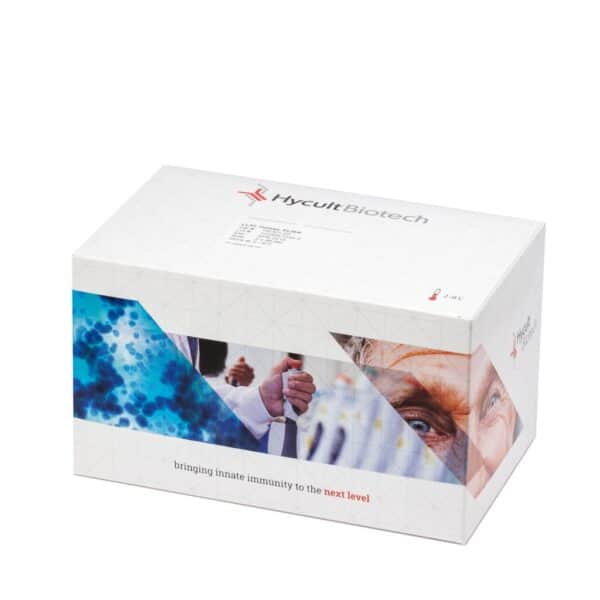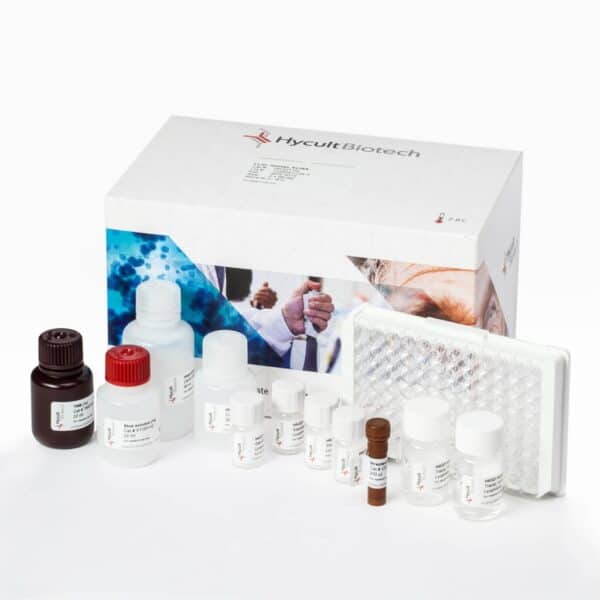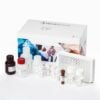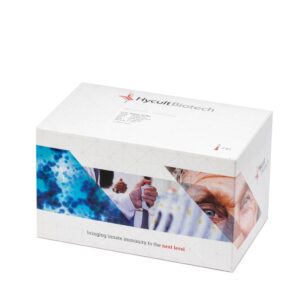H-FABP, Human, ELISA kit
€1,223.00
Fatty acid-binding proteins (FABPs) are a class of cytoplasmic proteins that bind long chain fatty acids. FABPs are small intracellular proteins (~13-14 kDa) with a high degree of tissue specificity. They are abundantly present in various cell types and play an important role in the intracellular utilization of fatty acids, transport and metabolism. There are at least nine distinct types of FABP, each showing a specific pattern of tissue expression. Due to its small size, FABP leaks rapidly out of ischemically damaged necrotic cells leading to a rise in serum levels. Ischemically damaged tissues are characterized histologically by absence (or low presence) of FABP facilitating recognition of such areas. Following acute myocardial infarction (AMI) the small protein H-FABP is rapidly released into the circulation. H-FABP is derived from the human FABP3 gene. Significantly elevated serum/plasma concentrations are found within 3 h after AMI which generally return to normal values within 12 to 24 h. These features make H-FABP a useful research tool for the early assessment or exclusion of AMI, and for the monitoring of a recurrent infarction. Constitutive H-FABP released from the heart after AMI is quantitatively recovered in serum/plasma. Thus assessment of H-FABP is also a very effective tool for the estimation of the infarct size. The human H-FABP kit can also be used for measurement of brain-type FABP, a marker for brain injury detection and for measurement of muscle-type cytosolic fatty acid binding protein (FABPc) in skeletal muscle. In serum/plasma of healthy individuals approximately 1.6 ng/ml of H-FABP is present. H-FABP shows a slight increase with age.
You may also like…
-
View product €756.00





